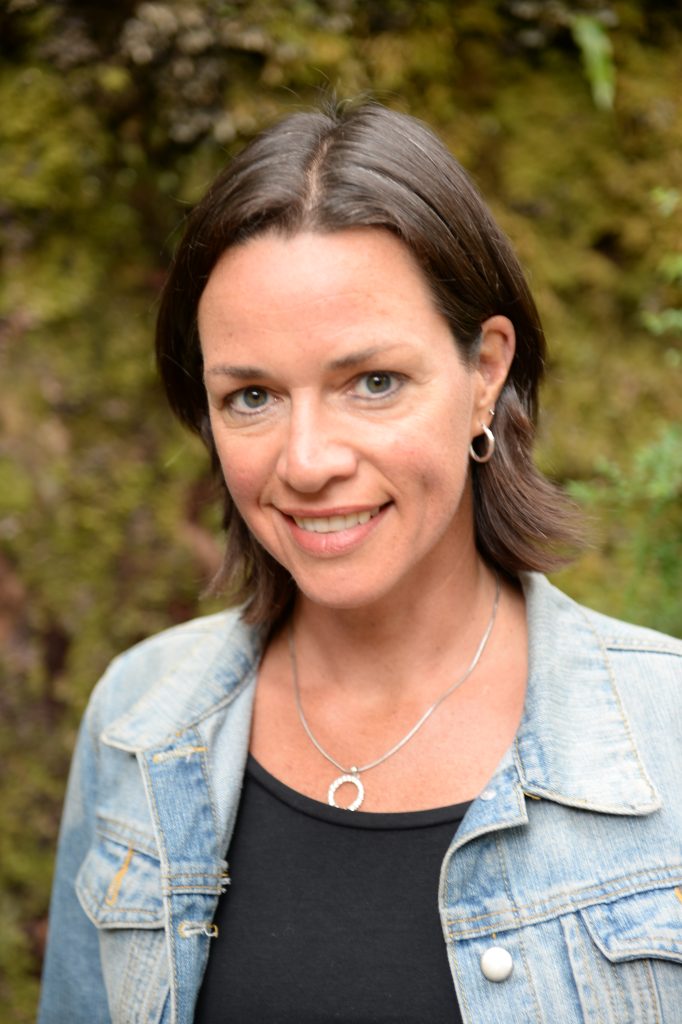Split personality, thou shall not hide
No division, no split personality, reality check on my inside
Anna Jane Wilson
Post Traumatic Stress Disorder (PTSD)- questions unasked & unmasked
What is it? Whats it like? Why does it happen? Are you mental? Weird? Can you function? What happens to your brain? Do we all have it?
Questions unasked and unmasked.
I suffered and was diagnosed with PTSD in 2014, the result of a traumatic event that occurred to me in 2007.
Now, after a long climb back from survival to middle ground, I am living a happy life and ready to thrive.
Yet, today, at times I can become symptomatic falling into flight- fright anxiety mode and my confidence fails me.
At such times, I yearn to answer these unasked and unmasked questions. I yearn to feel heard and understood….as I navigate myself back to good health.
And that navigation I feel proud off.

PTSD Minor Relapse
For the first time in a few months, I recently re-visited flight fright mode
My trigger? It doesn’t take much. Stress is my biggest trigger.
My world around me…continues on as I feel my emotions wanting to emerge and surge into tears and spoil my peace of mind and happy life.
My body becomes locked in pain as my muscular system seemingly tightens its grip to my skeletal system with dehydration setting in.
I get a cold as my immune system follows suit…the domino affect.
I need to breathe .
Recovery mode PTSD
Over the years I have developed some healthy choices to help get myself back to homeostasis/ balance.
Here are some of my choices that help me;
- A pint of water with magnesium powder to hydrate my tight head and parched mouth
- Warm home made oats with oat milk for an unsettled stomach for breakfast
- Morning stretch and yoga to loosen my tightened body, spine, jaw and back of legs
- Breathing consciously and deeply, filling up my lungs
- Working creatively and keeping on top of my daily admin work to exercise my mind
- Get some fresh air, exercise and good sleep
- Kinesiology and massage greatly assist my nervous and muscular system to relax get of the internal treadmill
- Stay connected & participate in society in some way for a sense of belongingness. I converse and connect with people through work or in my local community on a dog walk.
- Listen and simply BE; connect with nature, plants, park, anything green as the colour green is soothing to the soul.

My heightened sensitive state requires a kind and nurturing environment and most importantly, to feel calm, safe and supported.
The importance of resources- Mental Health & PTSD
In 2014, the year I was diagnosed with PTSD, I knew I was in trouble with chronic body pain, neck in a support brace, challenged with insomnia and flashbacks.
I existed with what felt like rocks in my abdomen from the stress and trauma I was carrying.
Being a single parent and business owner with 10 plus staff at the time, I had to keep going which in hindsight, was perhaps a good thing, or I may have collapsed into a heap.
In May 2015, I sold my business, my Leap of Faith Wellness centre of nine years and enrolled in studies in psychology.
Being artistic, I commenced an Advanced Diploma in Transpersonal Counselling & Art Therapy.
This enabled me to develop an understanding of what was going on for me from a mental health perspective, physiologically, mentally and emotionally as-well as a lived experience.
I came to understand that healthy resources are what help bring about a change in your state of consciousness.
Examples of resources can be a movie, a chat with a therapist or friend, a glass of wine, going for a walk, painting, yoga, going to the gym, walking the dog, the list is endless.
Useful definitions in Mental Health in simple terms
Resource: Handbook study notes Transpersonal Art Therapy- Ikon Institute of Australia
- A State of Consciousness is defined as a level of awareness of both your internal (within yourself) and external environments.
- Homeostasis as defined as a self- regulating process. Its about how you as a living person can maintain internal stability while adjusting to changes in your external enviroment
- A locus of control refers to how much control you believe you have over what happens to you in your life. It also refers to how much influence you believe you have as to what happens to you in the world around you.
- There are two types:
- An internal locus of control- which is ones control by ones own efforts
- An external locus of control – which defines ones power coming from external forces
- Resources are what we come to rely on to make a change to our state of consciousness when in need. These maybe external or internal, an object or a person for example.
A Leap of Faith
Thats a little about me and my experiences with PTSD. I hope you have found this blog insightful today!
Here is a share from my first publication, A Leap of Faith
With love Anna Jane


Author Anna Jane Wilson



